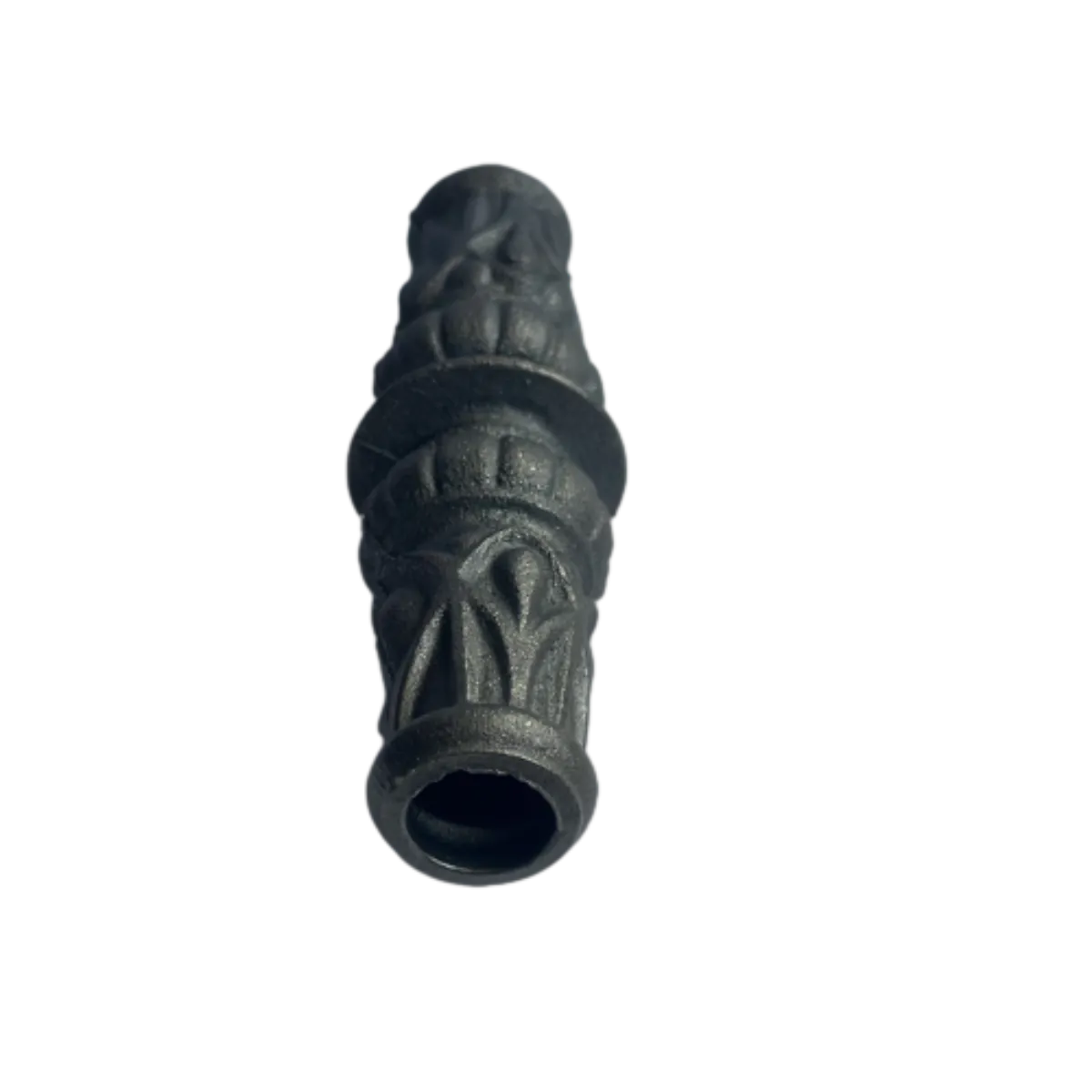iron casting
The Art and Science of Iron Casting
Iron casting has been a cornerstone of manufacturing and engineering since ancient times. It is the process of pouring molten iron into a mold to form a desired shape, making use of the unique properties of iron to create durable and complex components. This technique, which dates back thousands of years, has evolved significantly over time and continues to be an essential part of modern industry.
At its core, iron casting is a blend of art and science. The art lies in the design of the mold and the finished product, while the science encompasses the metallurgical properties of iron and the careful control of the casting process. The basic method involves melting scrap iron or iron ore and adding various alloying elements to achieve specific characteristics; the molten iron is then poured into a mold where it cools and solidifies into the final object.
One of the most common forms of iron used in casting is gray iron, which contains flake graphite. This type of iron is appreciated for its good fluidity, castability, machinability, and wear resistance. It is commonly used in automotive components, such as engine blocks and cylinder heads. Ductile iron, on the other hand, has a spheroidal graphite structure, giving it enhanced strength and toughness, making it suitable for applications in construction and heavy machinery.
The casting process can be broken down into several stages pattern making, molding, melting, pouring, and finishing. Initially, a pattern of the desired object is created, often in wood or metal. This pattern is then used to produce a mold. Molds can be made of sand, metal, or ceramic, depending on the production volume and the complexity of the shape. The choice of mold material significantly affects the final product's quality.
After the mold is prepared, the iron is melted in a furnace, which can be fueled by coke, natural gas, or electricity. The melting process requires careful temperature control, as different casting alloys have specific melting points. Once the iron reaches the required temperature, it is poured into the mold. This step must be carried out swiftly and accurately to prevent defects in the cast product.
iron casting

Cooling and solidification follow, during which the iron takes on the shape of the mold. The cooling time varies based on the thickness of the casting and the material properties. After solidification, the mold is broken away, revealing the rough cast. This rough surface requires finishing processes such as grinding, machining, or sandblasting to achieve the desired surface texture and dimensions.
The advantages of iron casting are numerous. It allows for the creation of intricate shapes that would be difficult or impossible to achieve with other manufacturing methods. Large components can be produced in a single piece, improving structural integrity and reducing assembly costs. Furthermore, iron castings can withstand significant wear and tear, making them ideal for heavy-duty applications.
However, the process is not without challenges. Factors such as temperature fluctuations, impurities in the molten iron, and mold integrity can lead to defects such as porosity, cracks, or incomplete filling. To mitigate these risks, manufacturers implement rigorous quality control measures throughout the casting process, utilizing advanced technologies such as computer simulations and non-destructive testing.
In recent years, the iron casting industry has seen innovations that enhance production efficiency and sustainability. The use of electric arc furnaces for melting reduces energy consumption and greenhouse gas emissions. Additionally, the recycling of scrap iron has become a standard practice, minimizing waste and conserving natural resources.
In conclusion, iron casting is a vital process that integrates artistry with scientific principles to produce a wide variety of essential components across numerous industries. As technology continues to advance, the techniques and methodologies involved in iron casting will undoubtedly evolve, leading to even more efficient and sustainable practices. With its rich history and bright future, iron casting remains a testament to human ingenuity and craftsmanship.
-
Why Choose TJJ as Your Window and Door Hardware Manufacturer?NewsOct.28,2024
-
The Advantages of Cast Iron Stove Plates: A Timeless Choice for Your KitchenNewsOct.28,2024
-
Aluminium Windows Profiles: Benefits and FeaturesNewsOct.28,2024
-
Innovations in Cast Iron Panel TechnologyNewsOct.28,2024
-
The Benefits of Customizing Your Wrought Iron Fence PartsNewsOct.28,2024
-
The Immortal Legacy of Cast Iron Spears: From War to Decorative UseNewsOct.21,2024
-
 Why Choose TJJ as Your Window and Door Hardware Manufacturer?Oct-28-2024Why Choose TJJ as Your Window and Door Hardware Manufacturer?
Why Choose TJJ as Your Window and Door Hardware Manufacturer?Oct-28-2024Why Choose TJJ as Your Window and Door Hardware Manufacturer? -
 The Advantages of Cast Iron Stove Plates: A Timeless Choice for Your KitchenOct-28-2024The Advantages of Cast Iron Stove Plates: A Timeless Choice for Your Kitchen
The Advantages of Cast Iron Stove Plates: A Timeless Choice for Your KitchenOct-28-2024The Advantages of Cast Iron Stove Plates: A Timeless Choice for Your Kitchen -
 Aluminium Windows Profiles: Benefits and FeaturesOct-28-2024Aluminium Windows Profiles: Benefits and Features
Aluminium Windows Profiles: Benefits and FeaturesOct-28-2024Aluminium Windows Profiles: Benefits and Features












